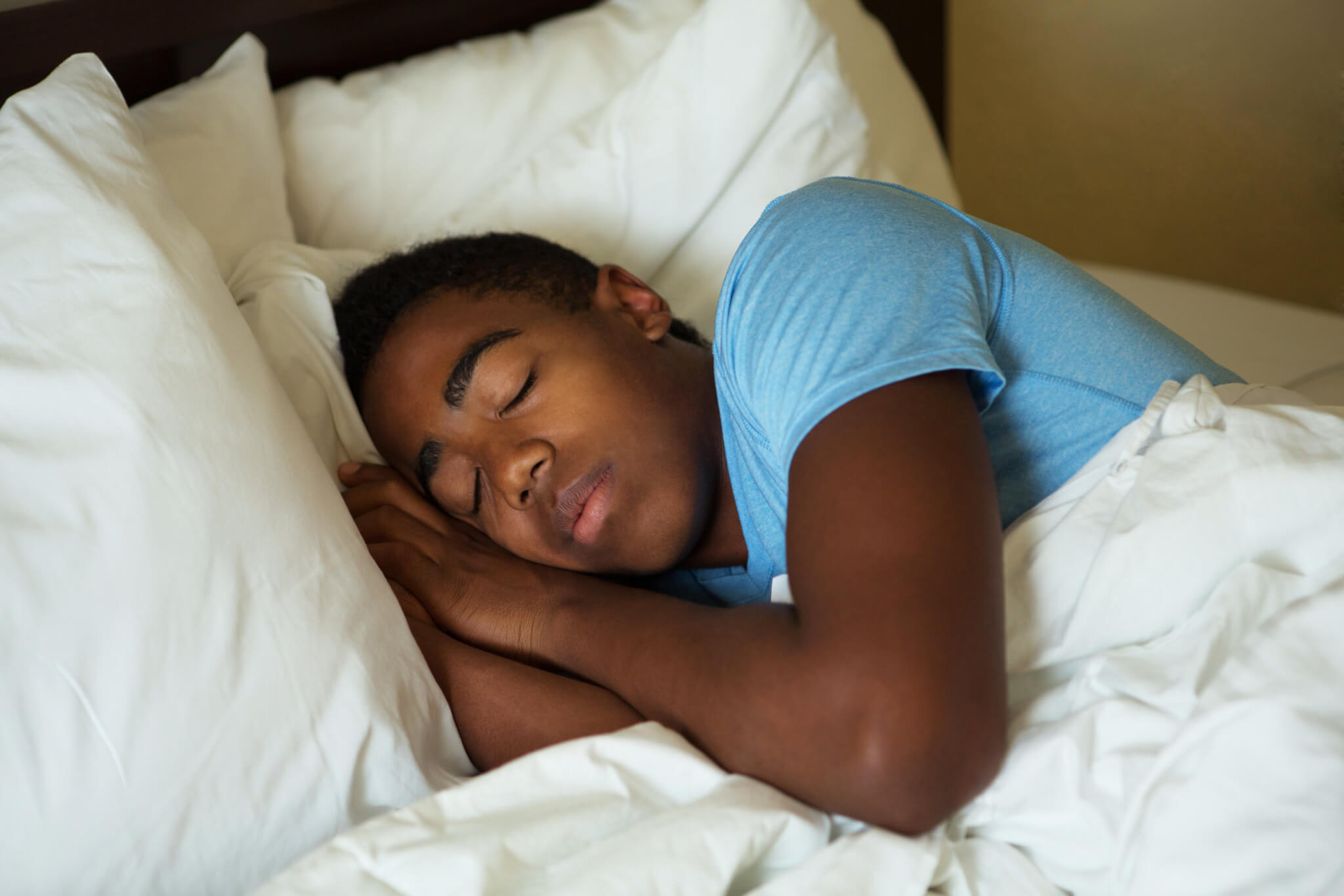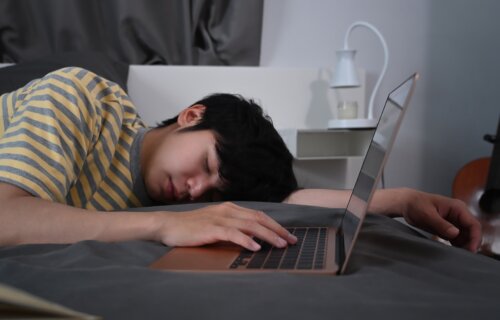SAN FRANCISCO — Plenty of teens prefer staying up late and sleeping in the next morning. While countless parents, teachers, and other adults are usually quick to label many adolescents as lazy, researchers from the University of California-San Francisco explain that a new alarm clock is hardly the ideal solution. While many teens are biologically inclined to be night owls, a recent study shows a new form of sleep-wake therapy may help adolescents adjust to their natural sleep-cycle rhythms while simultaneously fulfilling their school responsibilities.
Society as a whole, and more specifically the education system, isn’t built for kids who fall asleep and wake up late. It’s tough to feel happy and productive on just a few hours of sleep most days. Estimates show that roughly 40 percent of teens are night owls. Among those with depression, however, 80 percent report late-night sleep patterns. Now, study authors say the key to happier, more well-rested adolescents is teaching night owls to structure their lives so they can sleep as late as possible, while also gently working to train their bodies to fall asleep a little earlier gradually over time.
“A big finding here is that there is a subgroup of teens for whom treating sleep is particularly important for improving depression symptoms,” says Lauren Asarnow, PhD, a clinical psychologist with UCSF Health who specializes in sleep health, in a university release. “And the other big finding is that they really need to be able to live a life that is more in line with their sleep-wake biology.”

To conduct this research, the team at UCSF analyzed data from 42 participants diagnosed with clinical depression who took part in a larger study of 176 night owl adolescents. While 24 of those participants took part in the intervention, called the Transdiagnostic Sleep and Circadian Intervention (TransS-C), the other 18 received educational sessions focusing on how to lead a healthy lifestyle. All participants also kept sleep diaries and wore devices measuring sleep quality. Finally, everyone also had 45-minute therapy sessions on a weekly basis for eight weeks.
To start, all teens scored at least 40 on the Children’s Depression Rating Scale – which is a level that indicates clinically significant depression. A score of 28 or lower, meanwhile, usually points to remission. Six months post-treatment, the intervention group’s average score fell to 21.67. In comparison, the group that received the healthy lifestyle intervention scored 32.5. At 12 months post-treatment, the intervention cohort scored 24.97, and controls came in at 32.75.
Moving forward, a larger study has already been green-lit by the National Institute of Mental Health and is set to be open for enrollment to 200 teens in the Bay Area. Roughly three million adolescents experience at least one major depressive episode in a given year, and about 40 percent don’t respond to treatment. Teens who also have a natural proclivity toward falling asleep later and waking up later are at a higher risk for recurrent depression, more severe depression, suicidal thoughts, and poor antidepressant response, according to earlier research.
“There is a saying in our psychology and psychiatry clinics that the best treatment for depression and anxiety is summer break,” Dr. Asarnow concludes. “We need to stop calling these kids ‘lazy.’ A lot of the time it is just their biology. It’s not their fault.”
The study is published in the Journal of Child Psychology and Psychiatry.
You might also be interested in:
- Teens who don’t sleep enough have a higher risk of developing multiple sclerosis
- Go to bed! Just 20% of teens are getting enough sleep
- Debunked: The 3 common teen sleep myths that more than two-thirds of parents believe

